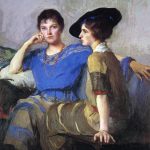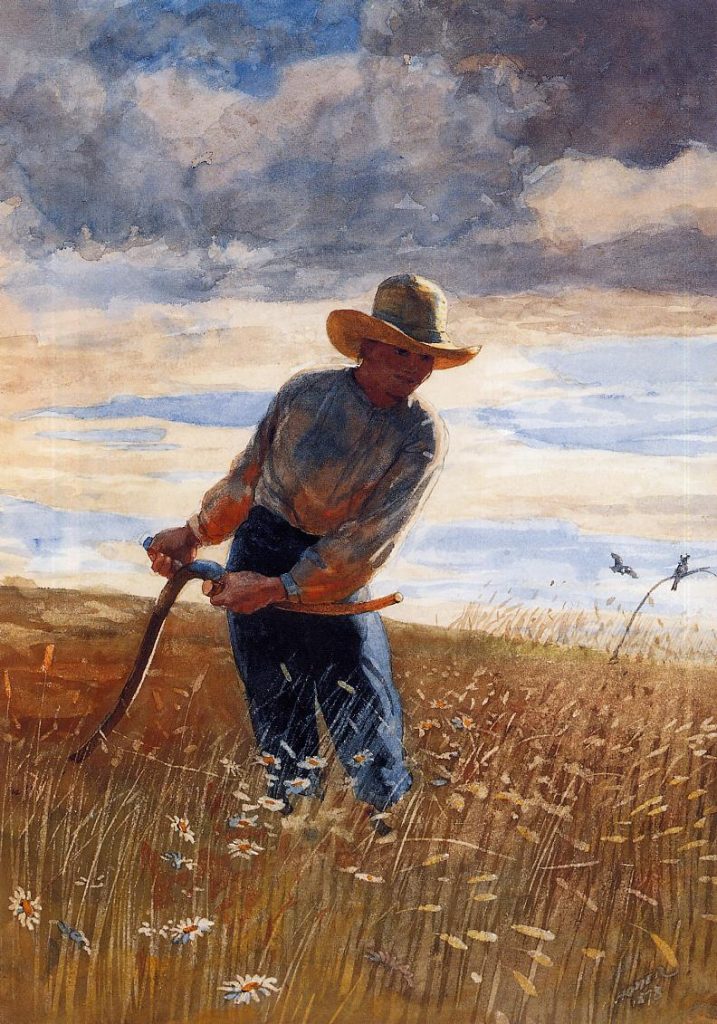
Winslow Homer, an iconic figure in American art history, was born on February 24, 1836, in Boston, Massachusetts, to Charles Savage Homer and Henrietta Benson Homer. Growing up in a middle-class family, Homer was the second of three sons, and his early life in Cambridge and then rural Cambridge offered him the experiences that would later permeate his artworks. His upbringing was in an era of American history where the country was rapidly changing, something that would deeply influence his work throughout his life.
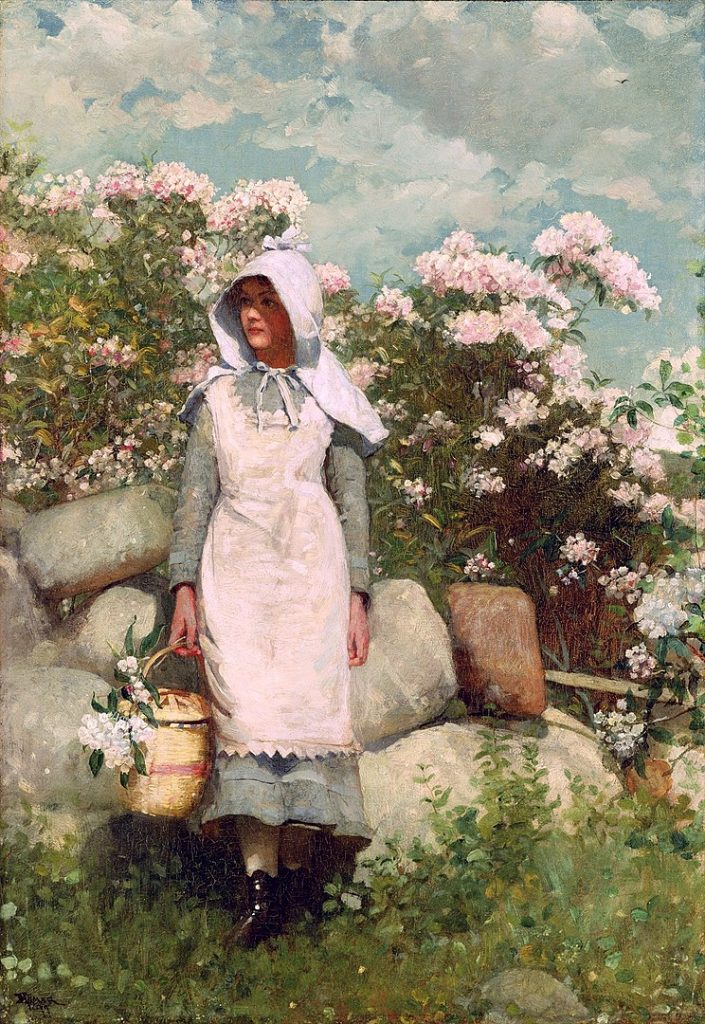
Homer’s artistic journey began at a young age, but it wasn’t until he was 19 that he took a more formal step into the art world. He started as an apprentice in a lithography shop in Boston, which was his first formal training in the arts. However, Homer was largely self-taught, a characteristic that contributed to his unique style.
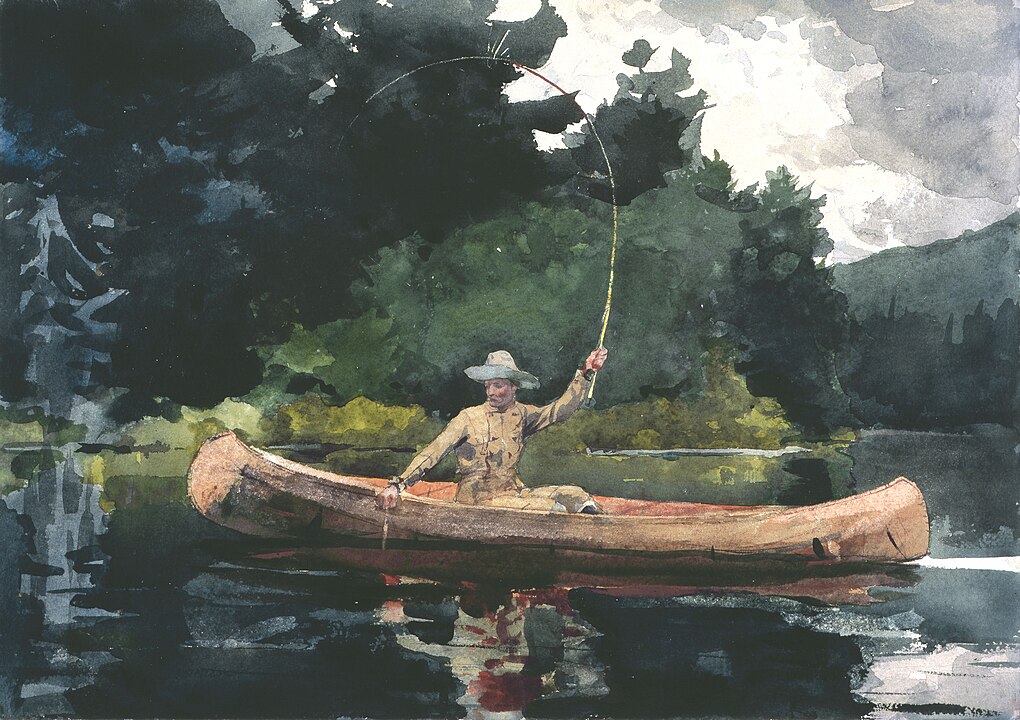
His early work consisted primarily of commercial illustrations for magazines such as “Harper’s Weekly,” where he worked as a freelance illustrator. His assignments for “Harper’s” during the Civil War, where he was sent to the front lines, marked a significant period in his career. The sketches he made during the war were notable for their realism and human emotion, capturing the essence of the American experience during a tumultuous time.
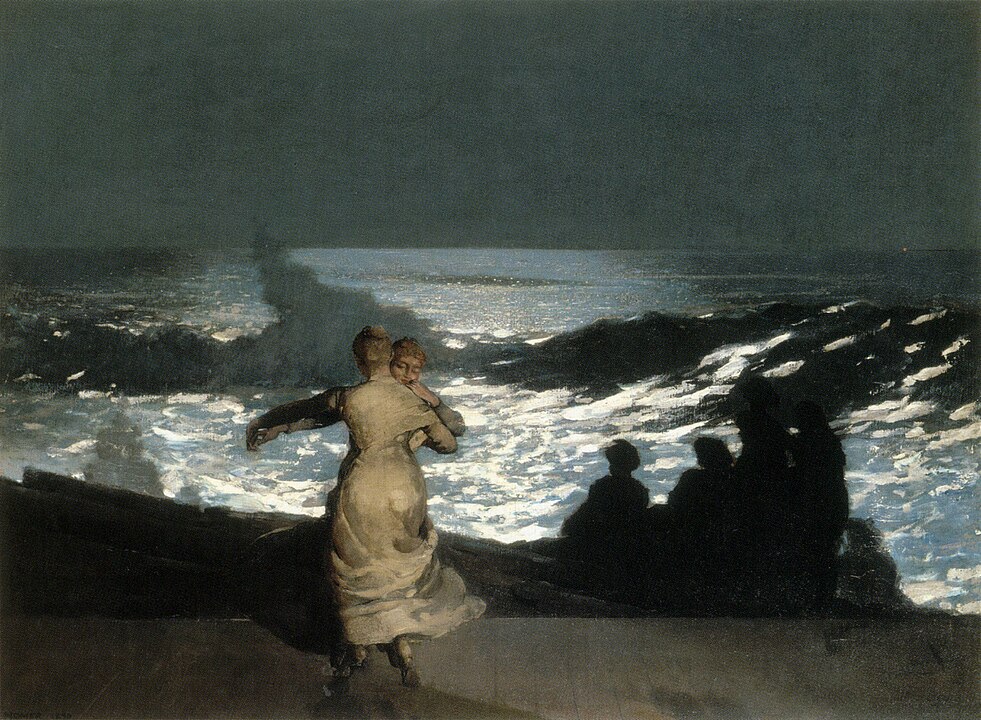
After the Civil War, Homer shifted his focus to oil painting and watercolors, drawing inspiration from rural and coastal life. He spent summers in the late 1860s and early 1870s in Gloucester, Massachusetts, where he painted some of his early important works in oil. These paintings were characterized by their vivid depiction of American life and landscape, a theme that would remain constant throughout his career.
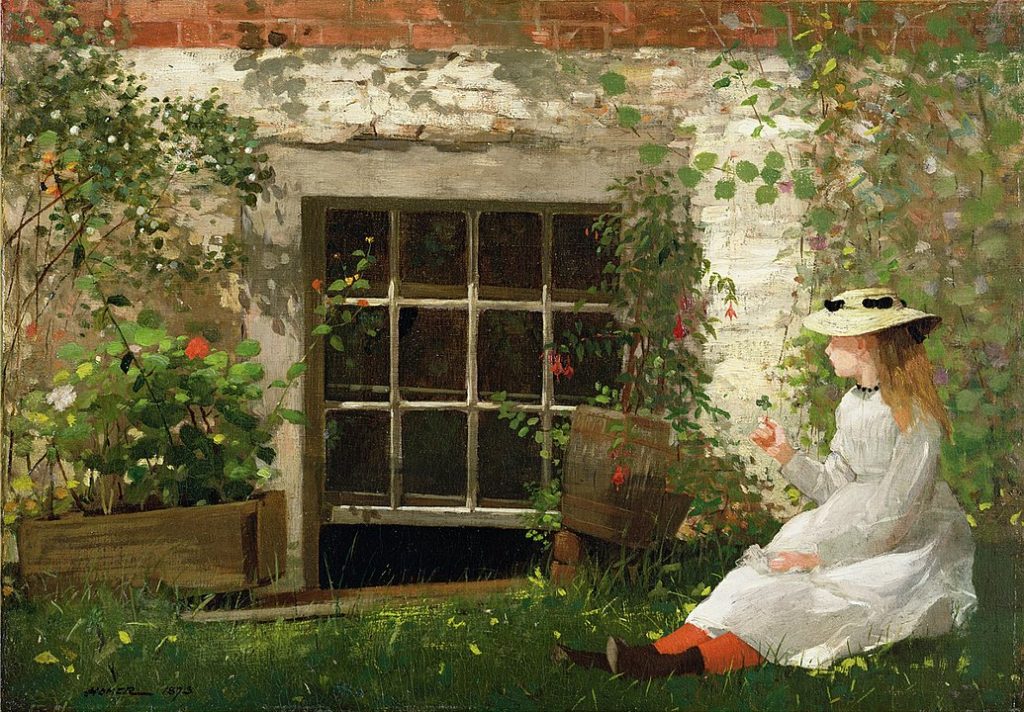
In 1873, Homer took up watercolor painting, a medium that would eventually define much of his legacy. His mastery of watercolors was evident in the way he captured light and movement, bringing scenes of everyday life and nature to vivid realization.
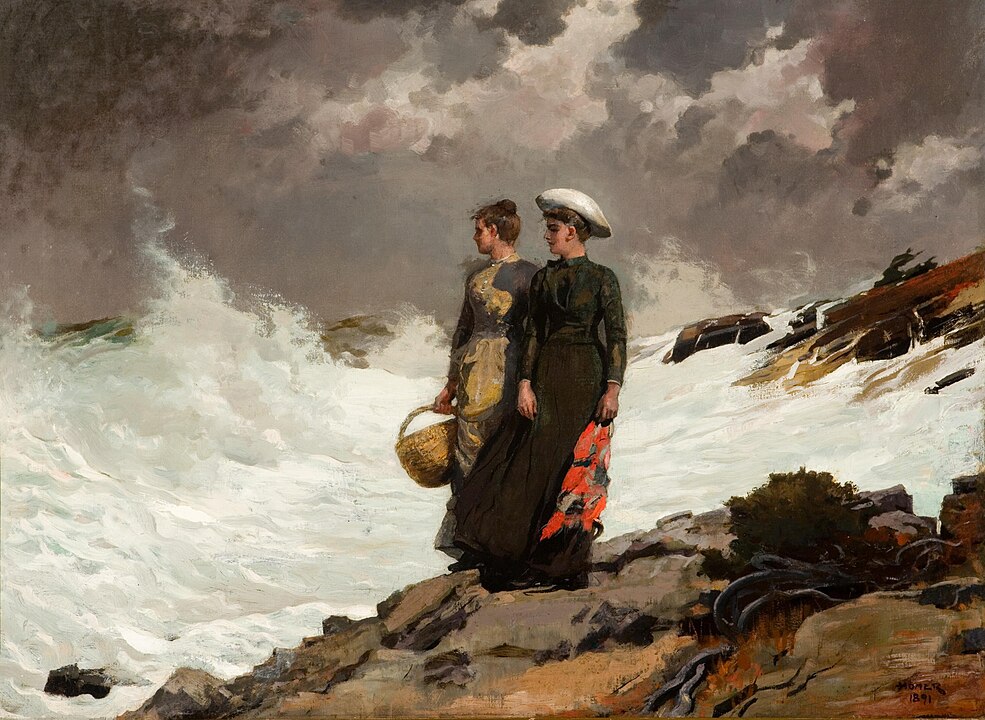
His watercolor works are among the most admired and influential in American art, demonstrating a freedom and spontaneity that were less apparent in his oil paintings.
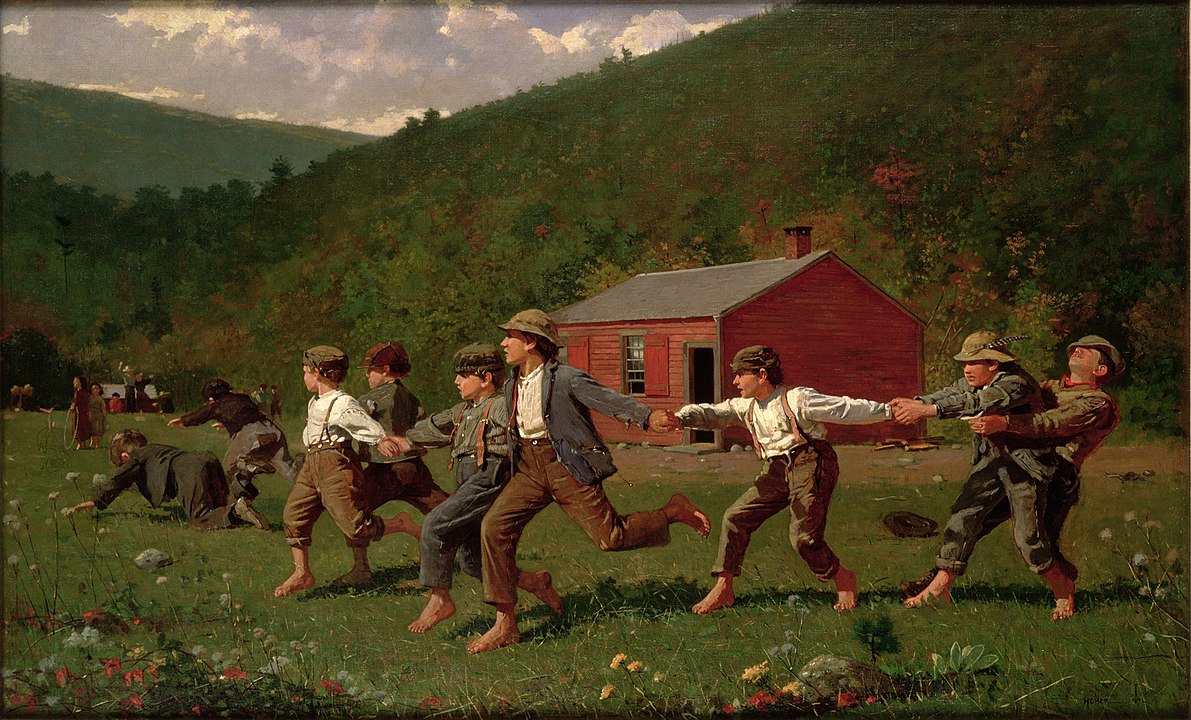
In the mid-1870s, seeking further inspiration and a broader perspective on the art world, Homer spent almost two years in Europe, primarily in England. His stay in the village of Cullercoats, England, was particularly influential.
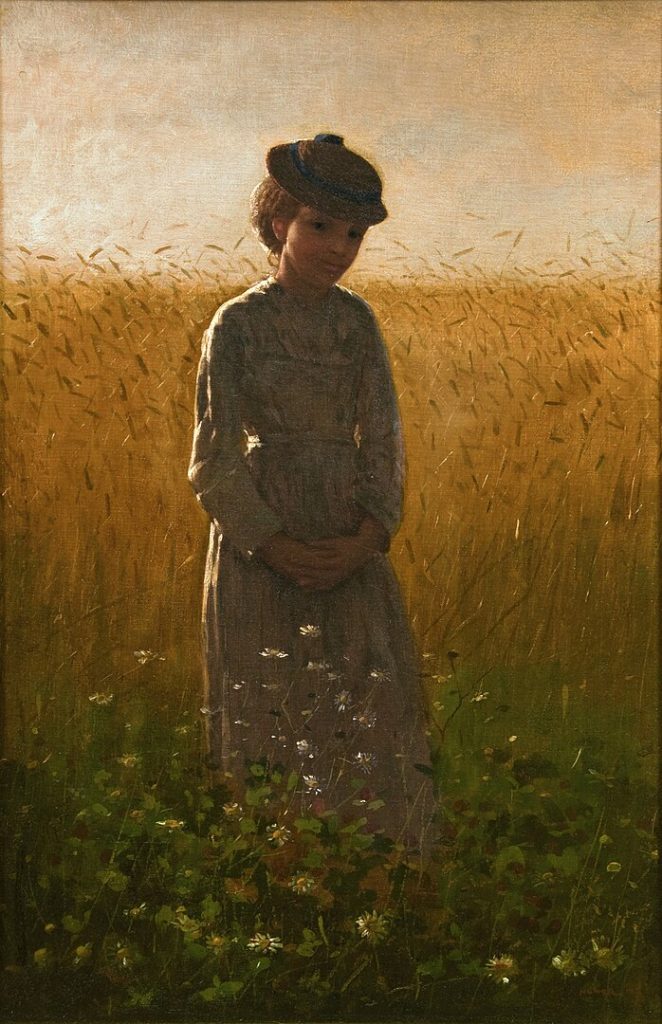
The rugged life of the local fishermen and their families inspired a shift in his work towards more narrative and dramatically composed paintings. The themes of humanity’s struggle against nature and the strength of individual character began to emerge more prominently in his work.
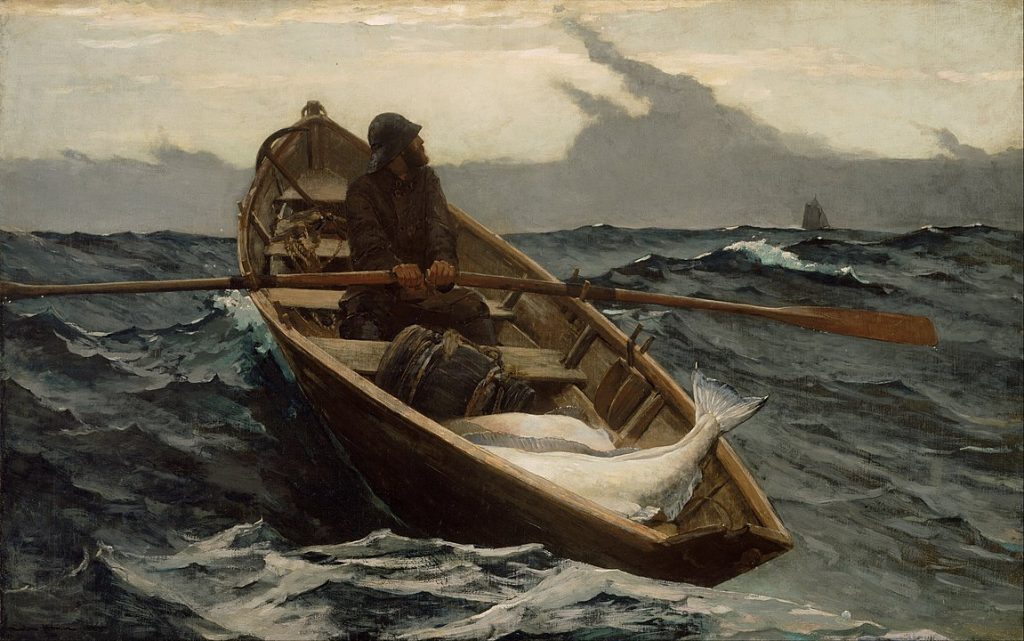
Returning to the United States in 1880, Homer settled in Prouts Neck, Maine, where he would spend the rest of his life. The rugged coastline and the Atlantic Ocean provided endless inspiration for Homer, and it was here that he created some of his most famous works, such as “The Fog Warning” and “The Life Line.” His paintings from this period are celebrated for their depiction of the sea’s power and beauty and the human interaction with the natural world.
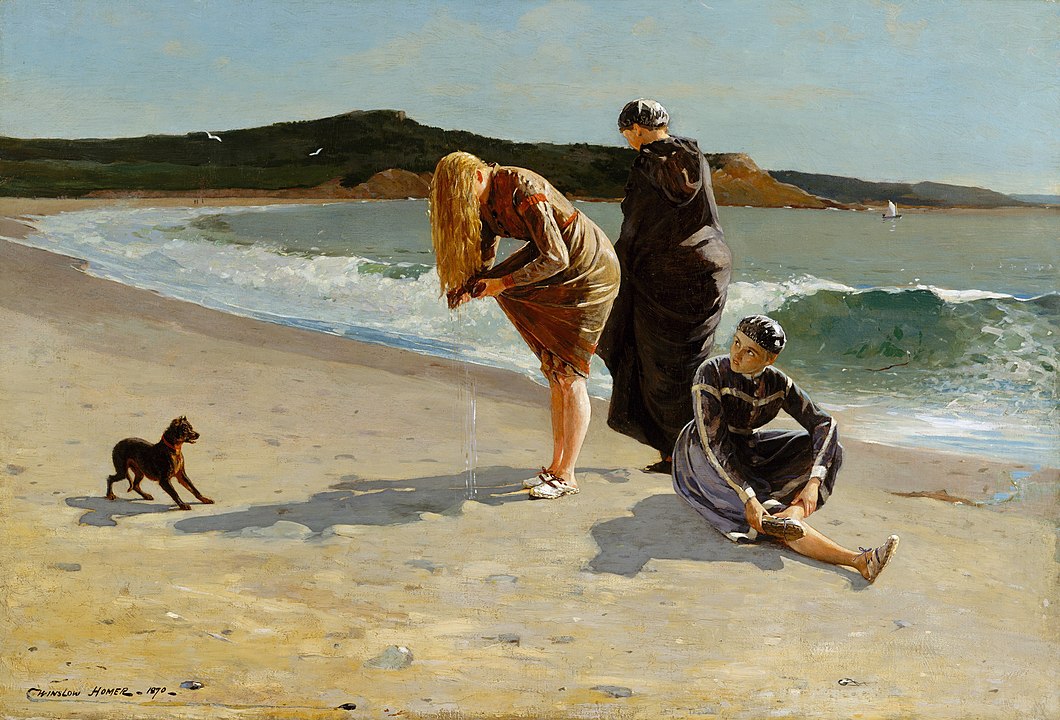
Throughout his career, Homer remained an independent and somewhat enigmatic figure in the art world. He never married, and his personal life remained private, with the artist dedicating his life to his work. His paintings, particularly those of his later years, are noted for their introspective quality and the solitary figures that often populate them, perhaps a reflection of the artist’s own life.
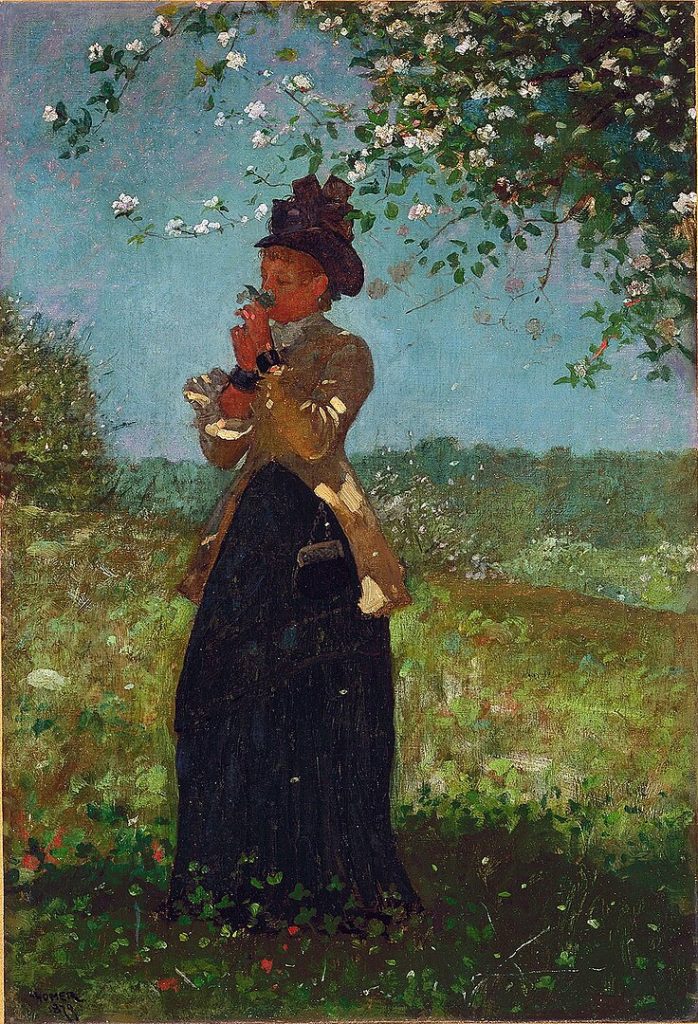
Homer’s impact on American art cannot be overstated. He is considered one of the foremost painters of the 19th century, with a body of work that encompasses war scenes, genre paintings, landscapes, and seascapes. His art is celebrated for its portrayal of American life and its landscapes, capturing moments of simplicity and beauty, as well as the formidable power of nature. His use of color and his skill in watercolor painting, in particular, have influenced generations of artists.
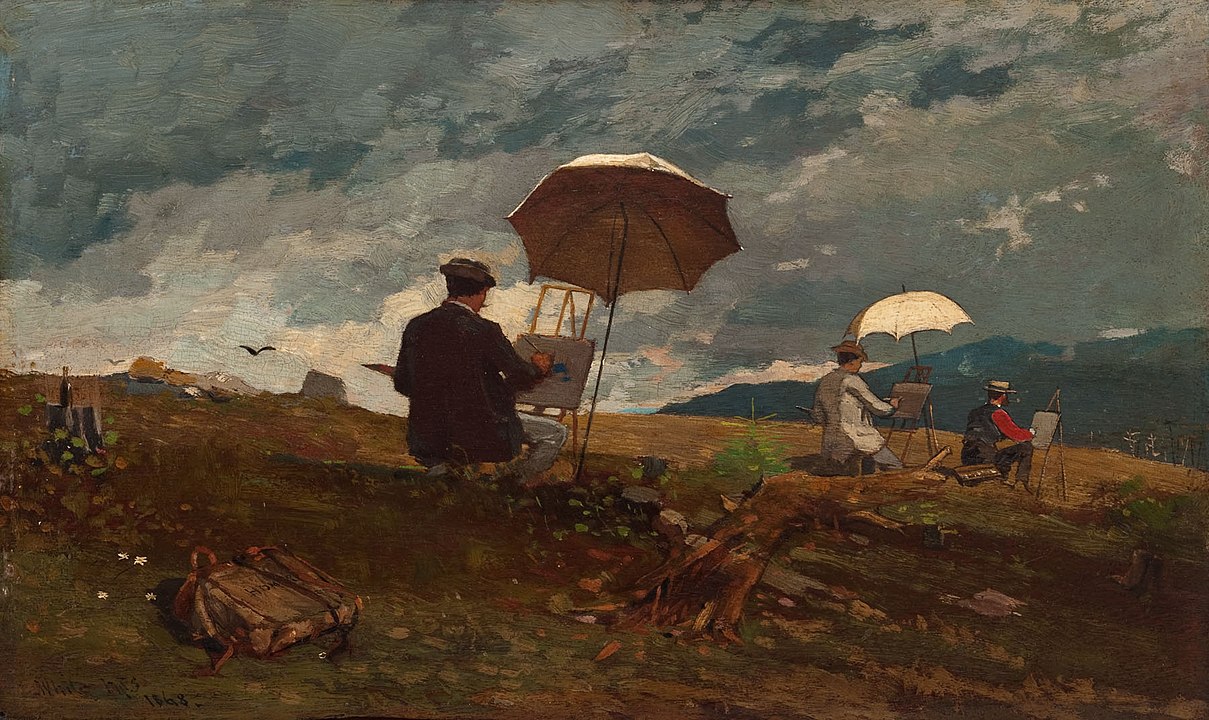
Winslow Homer passed away on September 29, 1910, in his Prouts Neck studio. His legacy is preserved through his extensive body of work, which remains a cornerstone of American art history. His paintings are held in the highest regard and are featured in museums and collections worldwide, serving as a testament to his enduring influence on the art world. Homer’s work continues to be celebrated for its depth, beauty, and unique insight into the American spirit, securing his place as a pivotal figure in the history of American art.






